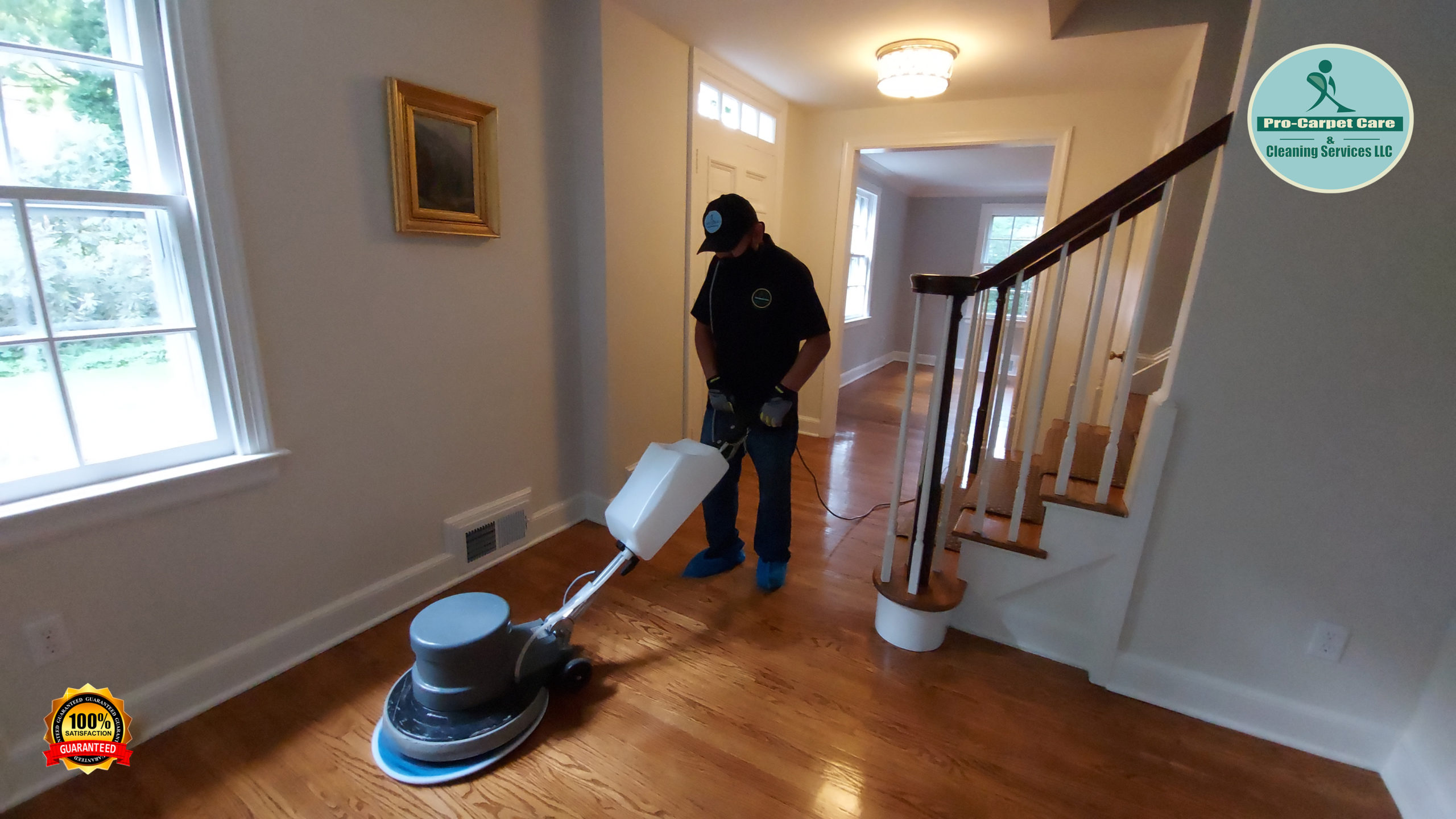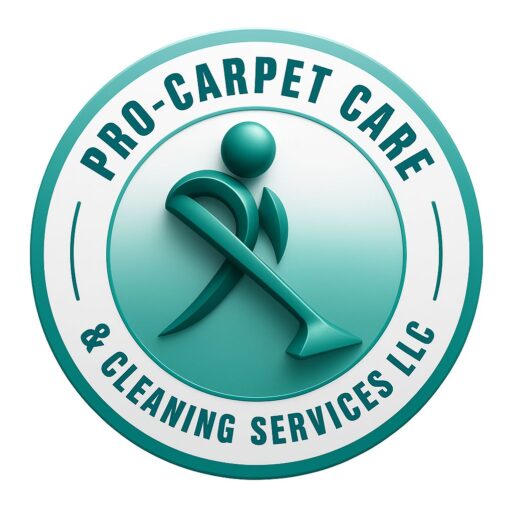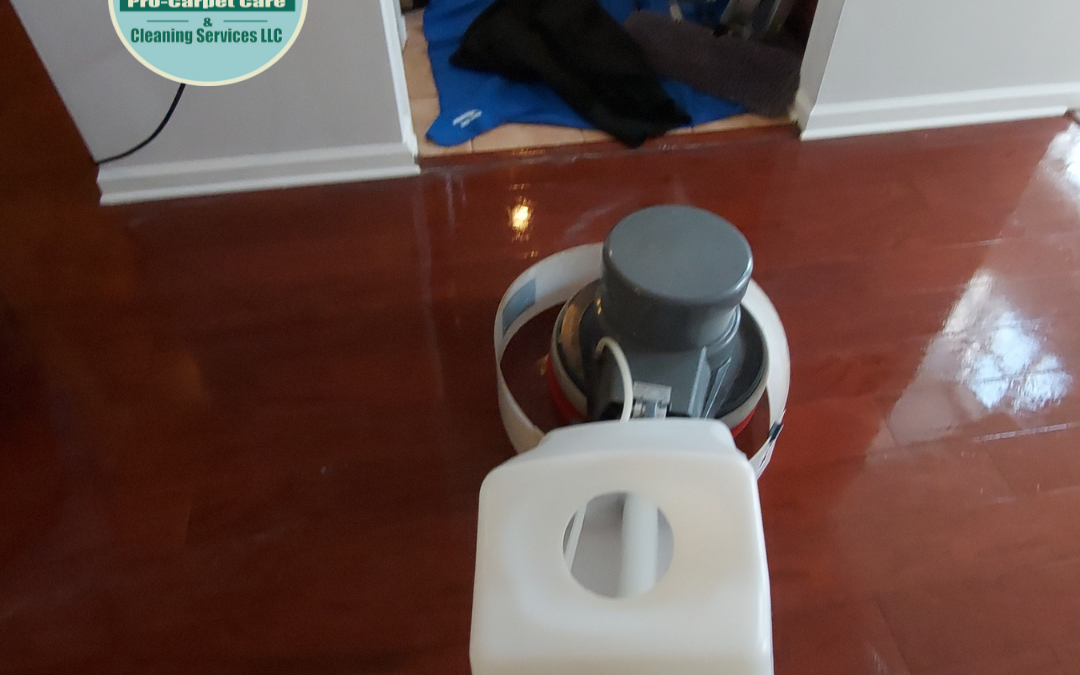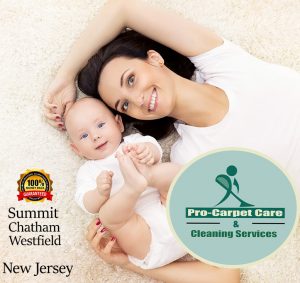Cleaning wood floor Yourself
Professional wood floor Cleaning the first step in learning how to clean hardwood floors is removing dust or debris that can scratch or dull their surface. Sweeping and vacuuming hardwood floors works well no matter what kind of wood floor you have. The best way to clean hardwood floors is to adopt a regular routine.

Sweep or Vacuum Wood Floor
Whether oak, pine, bamboo or other wood, the methods for cleaning wood floors are similar. Check with the manufacturer for any instructions that are specific to your floor.
The first step in learning how to clean hardwood floors is removing dust or debris that can scratch or dull their surface. Sweeping and vacuuming hardwood floors works well no matter what kind of wood floor you have. The best way to clean hardwood floors is to adopt a regular routine.
- Use a broom or hardwood floor mop for cleaning wood floors daily. A microfiber dust mop pre-treated with a dusting agent will pick up dust and dirt and prevent scratches.
- Vacuum your hardwood floor once a week. Use your vacuum’s “hard floor” setting. This raises the vacuum cleaner, deactivates the brush roll, and works only by suction.
- When vacuuming hardwood floors, be careful to always turn the brush roll off since it can scratch your floors. Some models offer rubber wheels, which are less likely to leave scratches than models with hard plastic wheels.
Mop Wood Floors
Heavily used areas should be cleaned more often, every week or two. Another way to clean hardwood floors is to use a flat mop and hardwood floor cleaner, according to the manufacturer’s instructions.
- When mopping hardwood floors, make sure to wring most of the water out of the mop so it’s damp and not sopping wet. Rinse the mop when necessary.
- Avoid leaving any standing water on the floor, which can damage the wood. This is especially true for prefinished hardwood floors.
- You can also use a spray-and-mop product or disposable wet pads that are safe for hardwood floors.
- Unless you use a steam mop designed for cleaning wood floors, steam cleaning is not advised for hardwood floors. Steam can dull the finish and damage the wood.
- Don’t use DIY wood floor cleaner containing vinegar when mopping your hardwood floors because it can damage the finish.
- Avoid using harsh detergents that will dull the surface of your floors. You also shouldn’t use products like vinyl floor cleaner or tile cleaner on hardwood floors.
Tip: Your floors should dry pretty quickly. You can speed up the process by turning on a ceiling fan or drying the floor with a microfiber cloth.
Revitalize Your Floors
Knowing how to clean hardwood floors includes taking care of occasional scratches and dullness. Here’s a few quick fixes:
- Try liquid scratch concealers. When they dry, they form a permanent seal that won’t come off during cleaning. Be sure to select a concealer that best matches the color of your floor’s finish.
- You can restore the shine with wood floor polish. It’ll also protect your floor from wear and help fill small scratches.
- Use floor wax to revitalize and deep clean worn floors. Always apply floor wax to go with the grain of the wood.
- Other floor protection materials include repair kits, scratch repair kits and touch-up kits.
- If your floor is real hardwood, lightly sand it, then apply a new finish to restore the wood’s natural beauty.
Tip: Don’t overwax a wood floor. If it looks dull, try buffing your hardwood floor instead.
Maintain Your Floors
The best way to clean hardwood floors and keep them in shape is to stick to a regular schedule of maintenance.
- Sweep, dust or dry mop daily.
- Vacuum weekly.
- Clean heavy-traffic areas with a damp mop twice a month.
- Clean with recommended hardwood floor cleaner once a month.
- Apply a fresh coat of finish every three to five years.
- Sand and refinish every 10 years.
Protect Wood Floors
- At each entrance to your home, place a door mat so that everyone can wipe their feet as they come in. Using mats will keep dirt off your floors. Ideally, floor mats will also catch rocks and other small debris that could scratch the wood.
- High-traffic areas can get scratched and worn more easily. Rugs can protect the floor from wear and tear where people and pets walk most often.
- Your furniture can leave deep scratches on hardwood floors. Rugs can provide a barrier between furniture and the floor. If don’t want to cover your wood floors with rugs, use furniture pads on the legs of chairs, sofas and tables.
- Whether you’re rearranging a room or shifting a piece to clean underneath it, use furniture sliders anytime you move things around. They protect your floors and make it easier to move heavy objects.
- If something spills on your floor, wipe it up as quickly as possible. Then clean and dry the area to prevent stains.
Knowing how to clean hardwood floors will keep your home looking first-rate. Cut down on cleaning time by using floor mats and rugs to reduce the amount of dirt on your floors. Still, you should sweep daily, vacuum weekly and mop every week or two.
Professional Wood Floor Cleaning
Hardwood Floor Deep Cleaning- 6-step Wood Cleaning Process
- A technician will thoroughly inspect your floors and scan for problem areas that will require more attention.
- The technicians will then vacuum the floor to remove loose dust and lint particles.
- Pro Carpet Care will use powerful cleaning equipment to loosen dirt and mopping residue from within your floor. Our cleaning solution purges the floor of any remaining debris before the dislodged dirt and the solution itself are vacuumed away.
- Your hardwood floors are then hand cleaned by the technician using a microfiber cloth to reach edges and corners.
- Your cleaning is prolonged by our neutralizing solution as we clean the floor a second time and give it a shiny finish.
- A final inspection is conducted to ensure the floor has been thoroughly cleaned *


